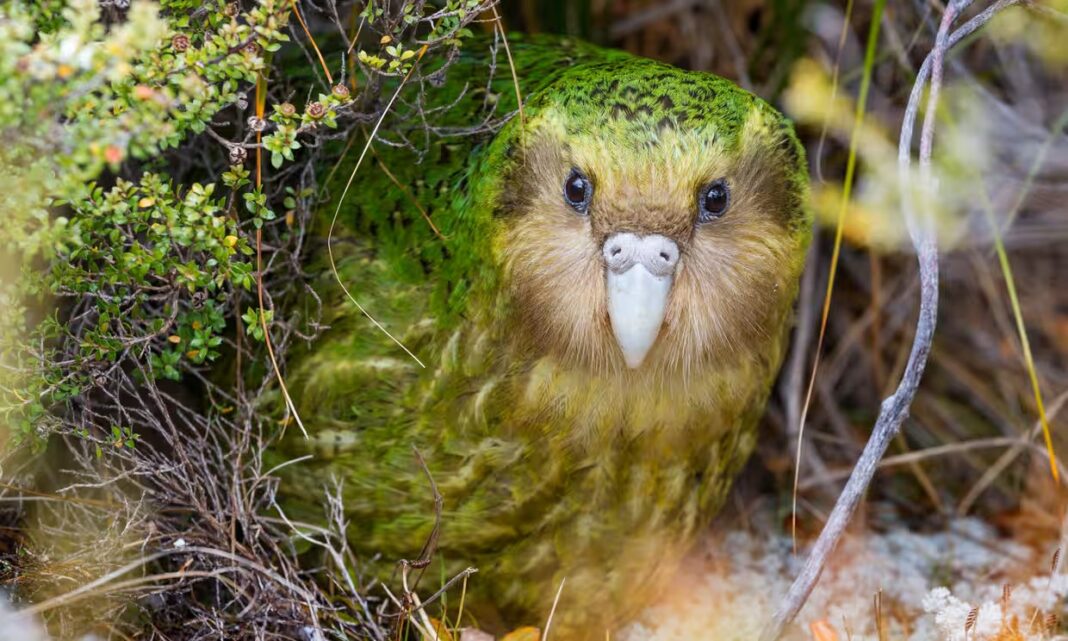A new environmental report has revealed troubling signs for New Zealand’s unique biodiversity, painting a sobering picture of species decline, deteriorating water quality, and long-term environmental risks. Titled Our Environment 2025, the Ministry for the Environment’s triennial update assessed the nation’s environmental health across five key domains: air, climate, freshwater, land, and marine ecosystems.
While the report acknowledged some positive developments—particularly improvements in air quality in certain regions—it warned that mounting biodiversity and water health concerns overshadow these gains.
James Palmer, Secretary for the Environment, called the findings a “mixed bag,” noting both risks and reasons for cautious optimism. “It highlights real risks to people, communities and places that, if left unaddressed, threaten our livelihoods and quality of life for future generations,” he said.
The report’s most alarming revelation is the high proportion of native species at risk. According to the findings:
- 76% of freshwater fish
- 68% of freshwater birds
- 78% of terrestrial birds
- 93% of frogs
- 94% of reptiles
are either threatened with extinction or at risk of becoming threatened.
Experts attribute the crisis to land use changes, pollution, invasive species, and climate change—pressures pushing ecosystems to the brink. The report noted that “New Zealand’s biodiversity is one of the most threatened in the world. “
The update also highlighted a worsening water quality crisis. Nearly half of the more than 1,000 monitored groundwater sites failed to meet drinking water standards for E. coli at least once between 2019 and 2024. E. coli and excess nitrate—mainly due to intensive farming, urban runoff, and logging—also affected the country’s rivers, streams, and surface ecosystems.
Despite the grim outlook, the report maintains that there are pathways forward—if bold, coordinated action is taken to restore nature, reduce pollution, and protect New Zealand’s extraordinary but fragile ecosystems. Read More
News Credit: The Guardian
Picture Credit: Nature Picture Library/Alamy



